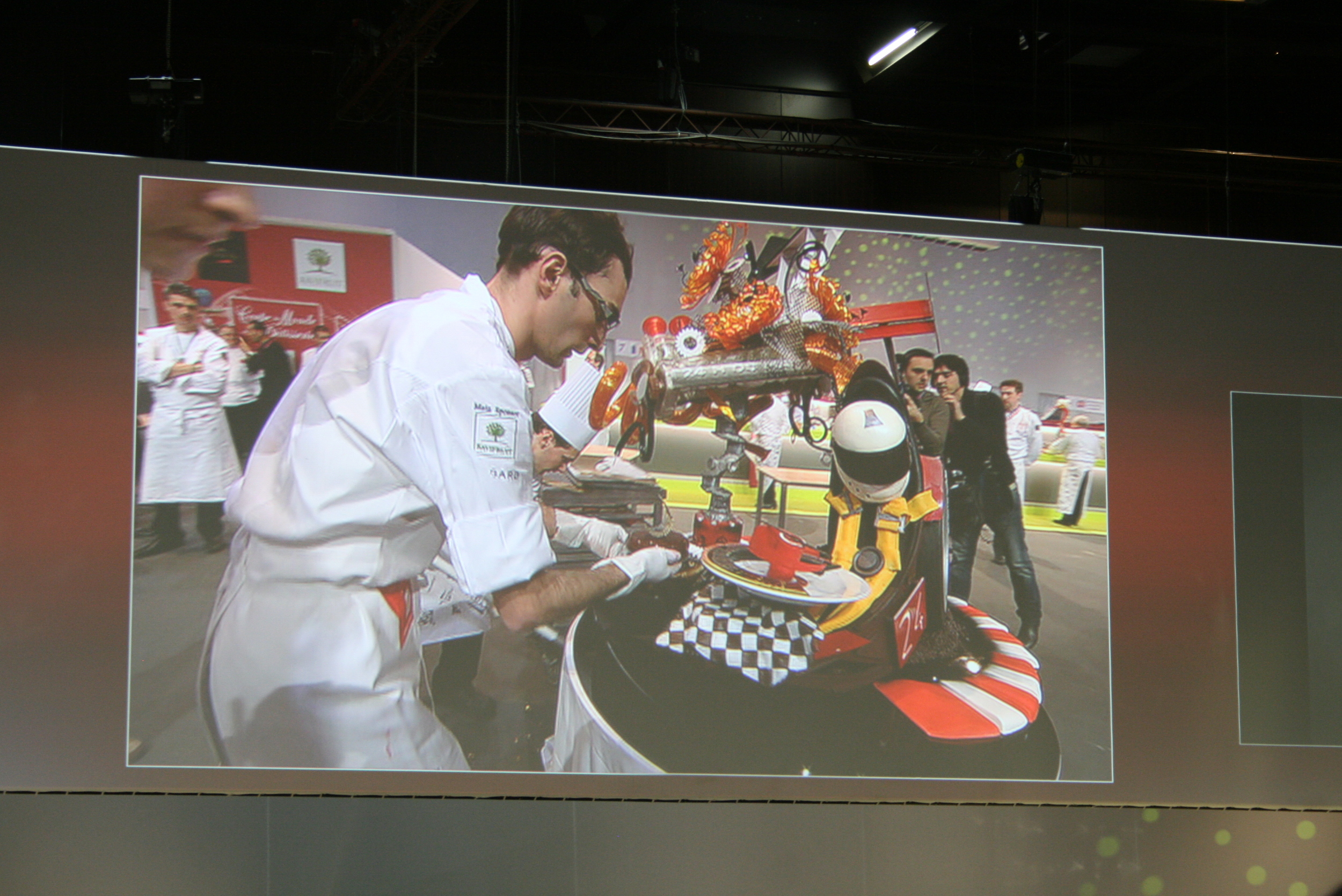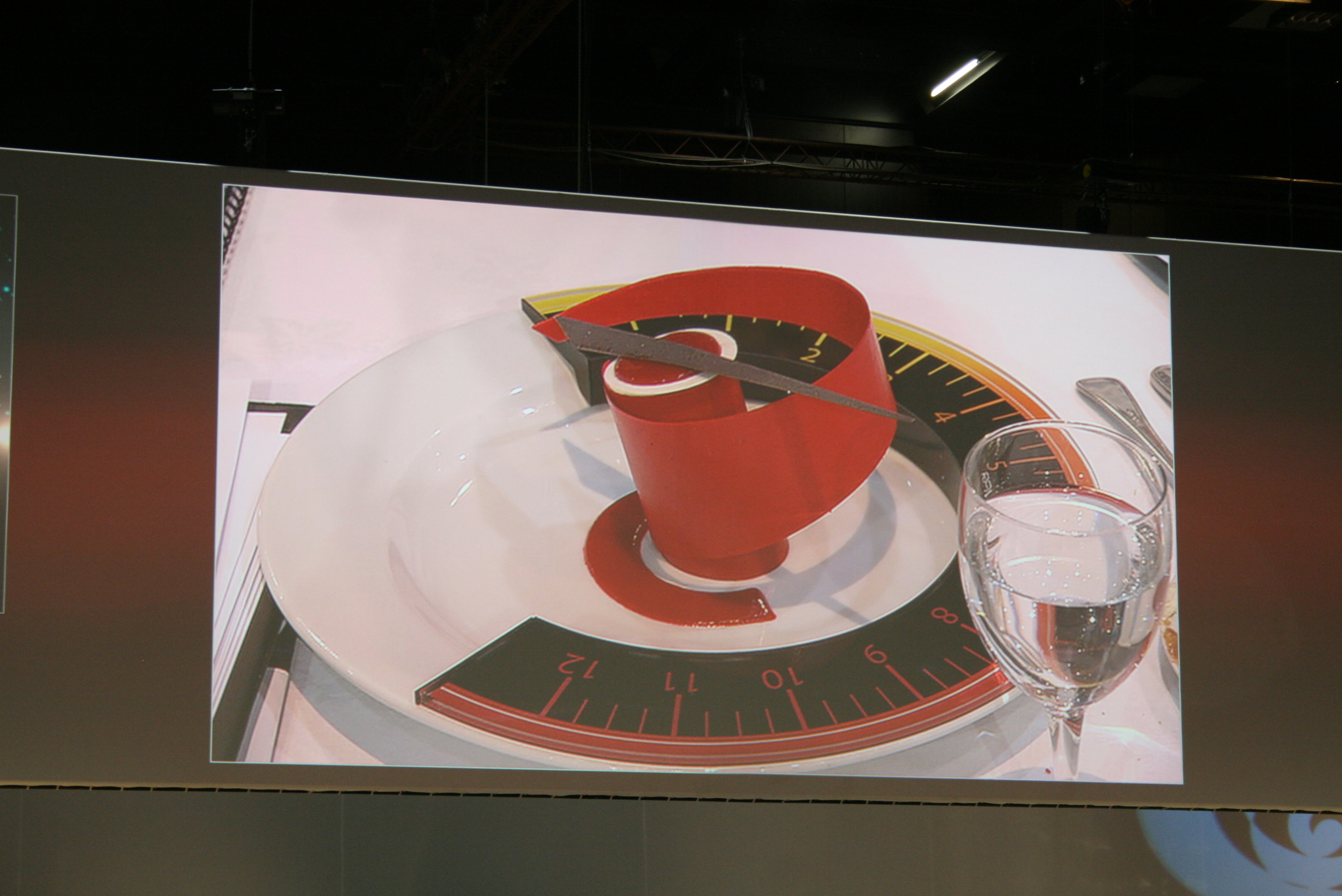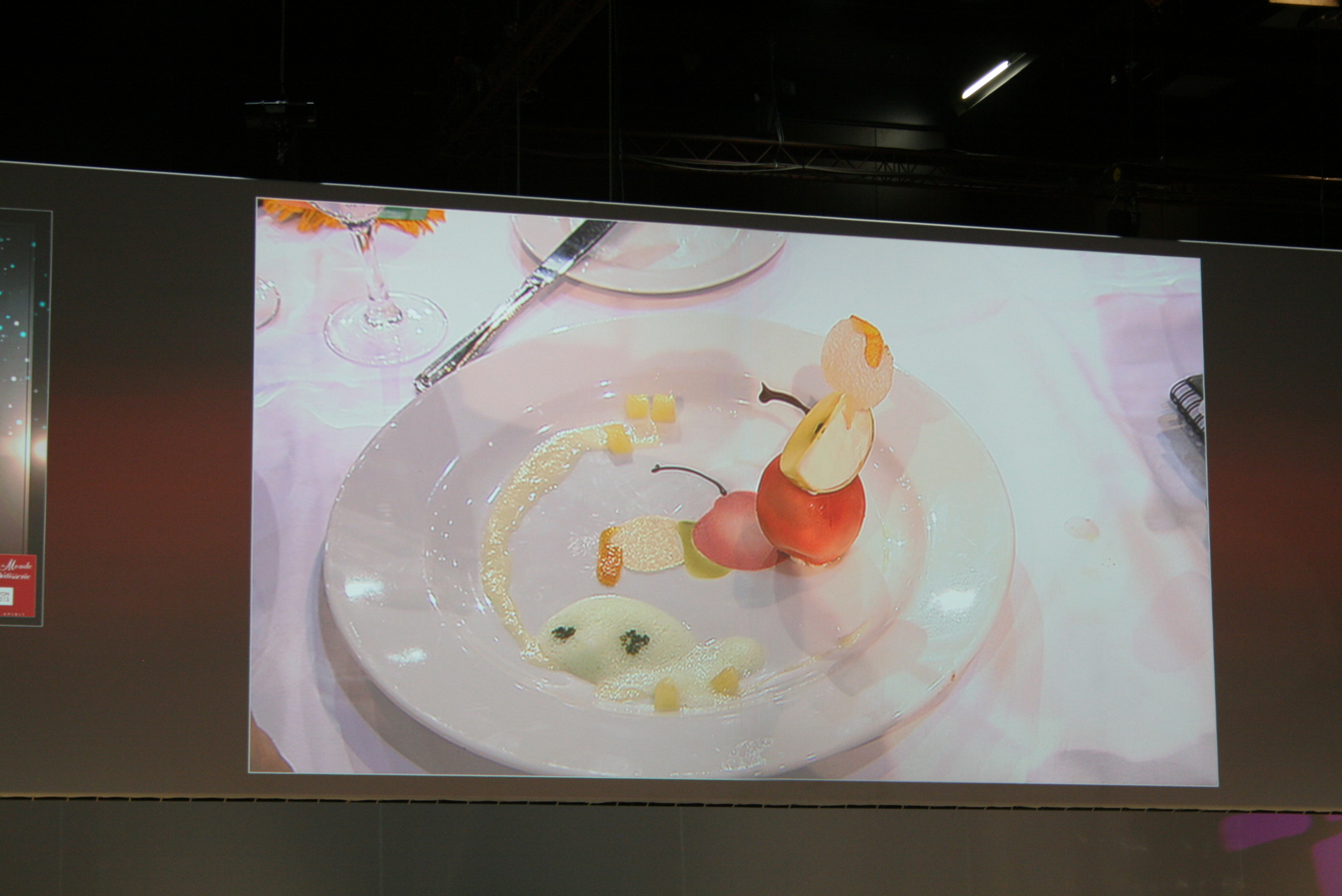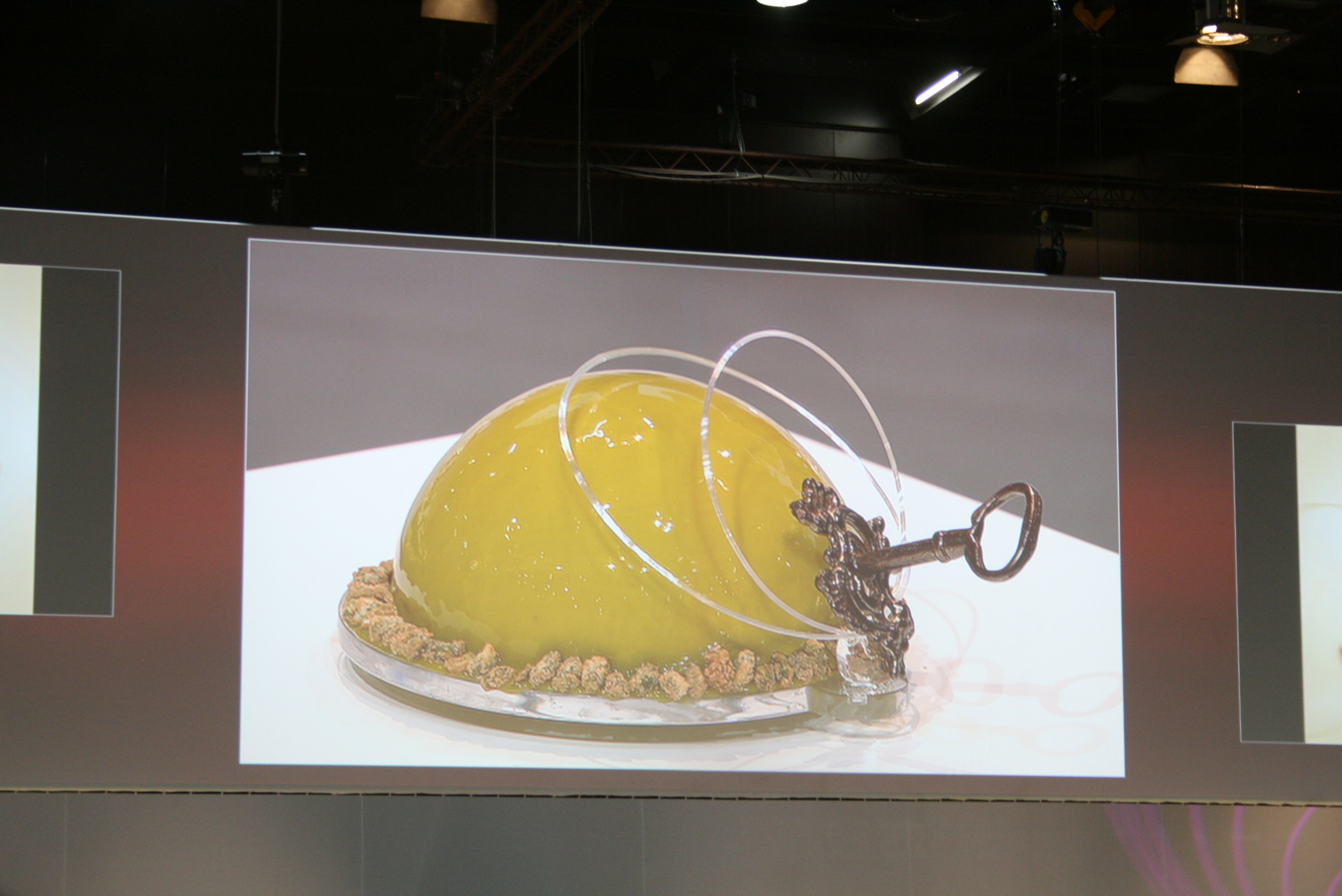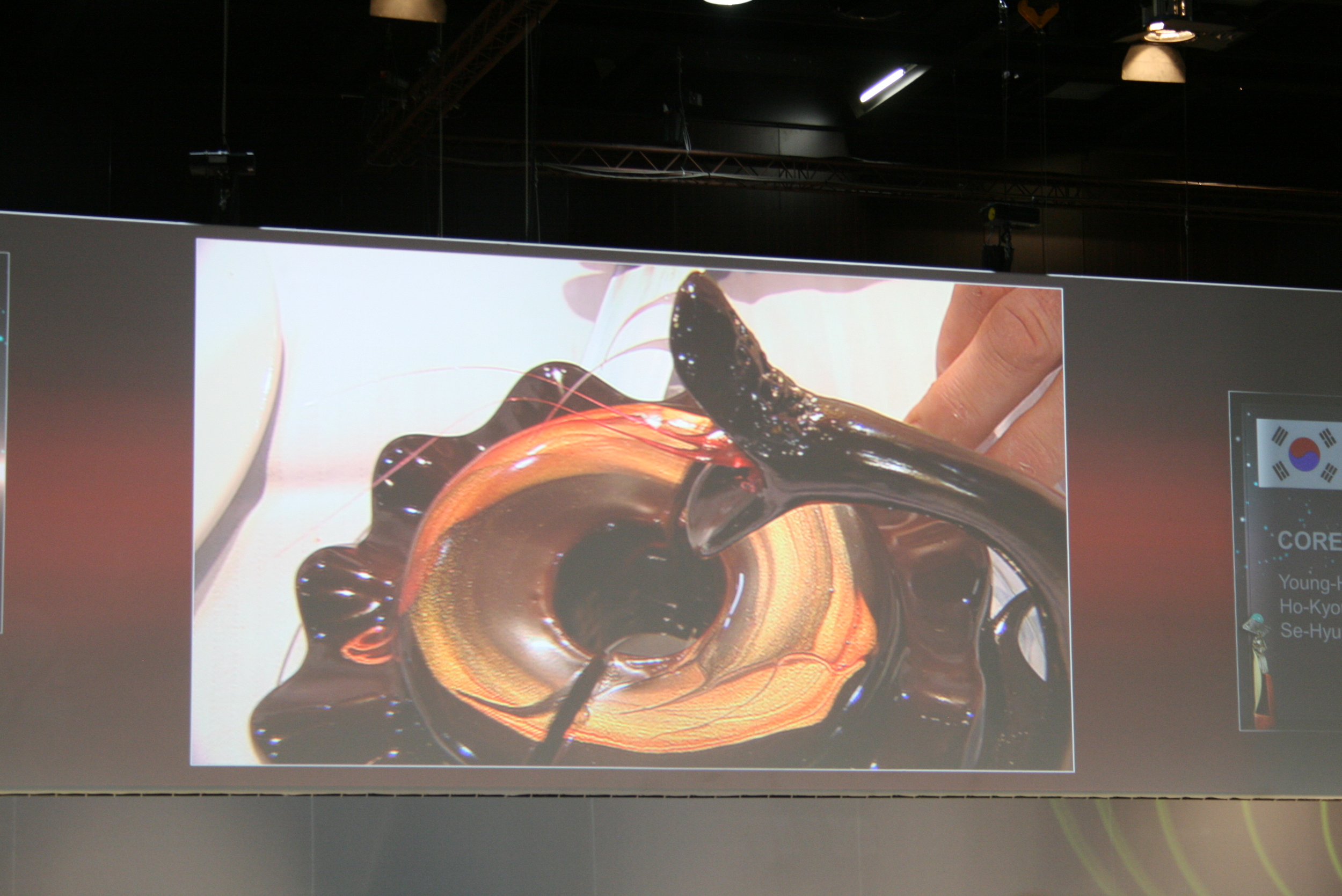In addition to boba, the famous milk tea drink served with famous tapioca pearls, Taiwan's gastronomic reputation rests heavily on the traditional open-air night markets. What is a night market, you may wonder. And the simplest answer that comes to mind is: complete, utter sensory overload.
Food stalls at Ningxia Night Market.
Metal carts outfitted with varying cooking tools (grills, steamers, deep fryers) line a narrow path where locals and visitors jostle past each other, pausing at eye-catching displays like whole squid (for the equivalent of $1 each), or tens of different types of meat and fish skewers, some recognizable and some not. The air is thick with steam, grease and the smell of hot street food waiting to be devoured. It's mostly delicious, except for near the stinky tofu vendors. And if you don't speak or read Mandarin, ordering is always an adventure.
Once you've made your pick(s); some dumplings here; a spring roll there; an assortment of grilled meat and fried chicken (bones-in, Chinese style); it's time to find somewhere to hunker down and reward your taste buds. Little metal stools and folding tables are nestled in and around some of the vendors specializing in for-here options (rice dishes, noodle soup or garlic shrimp), and if you're lucky you can score one.
Food trucks at home attempt to recreate this atmosphere, but they are too sterile; lacking the vibrancy and grittiness of authentic street food while failing to deliver on good value for the money. For after being able to spend the equivalent of $1.50 for an entire meal in Taipei, how could you ever go back to tiny $10 lobster rolls?









